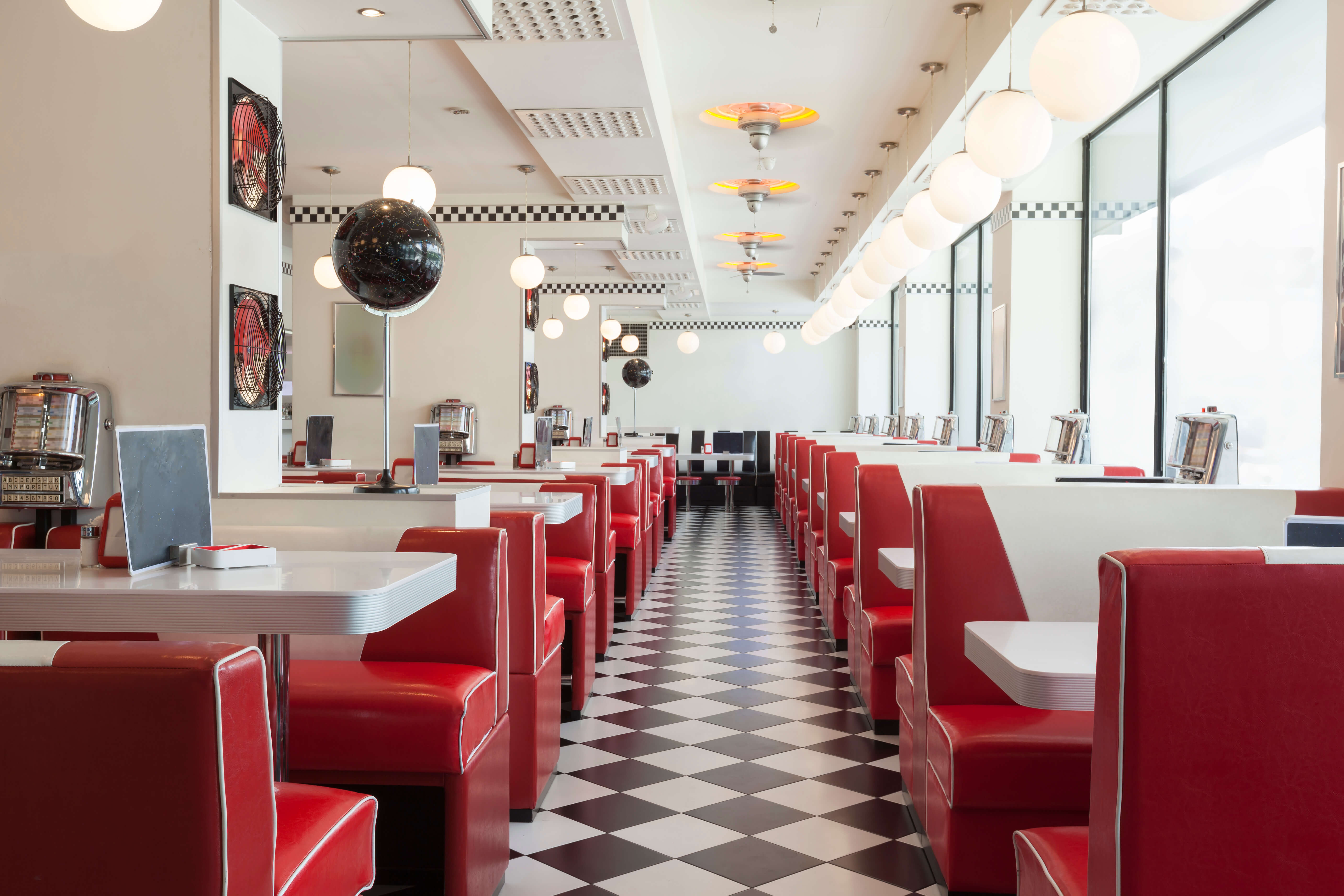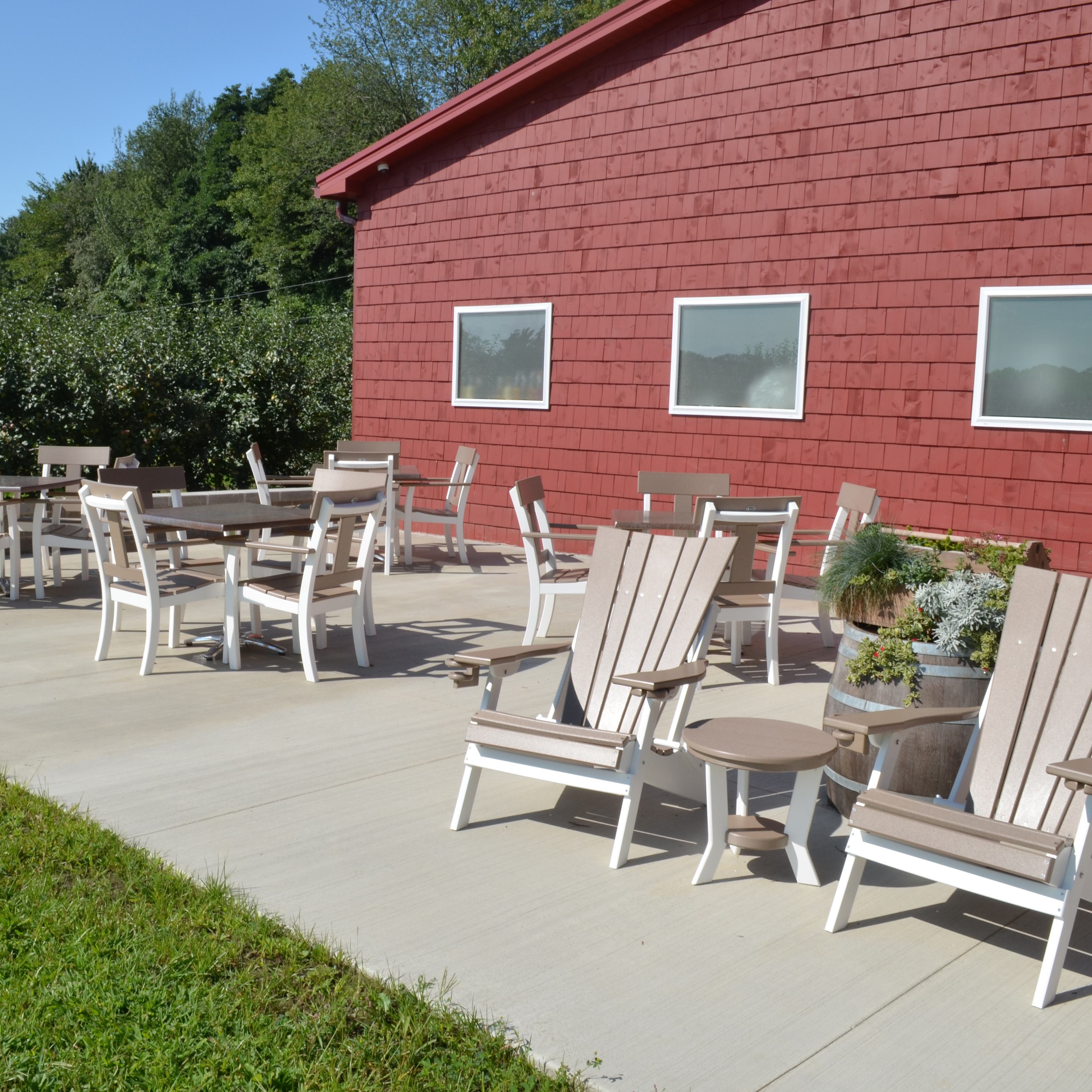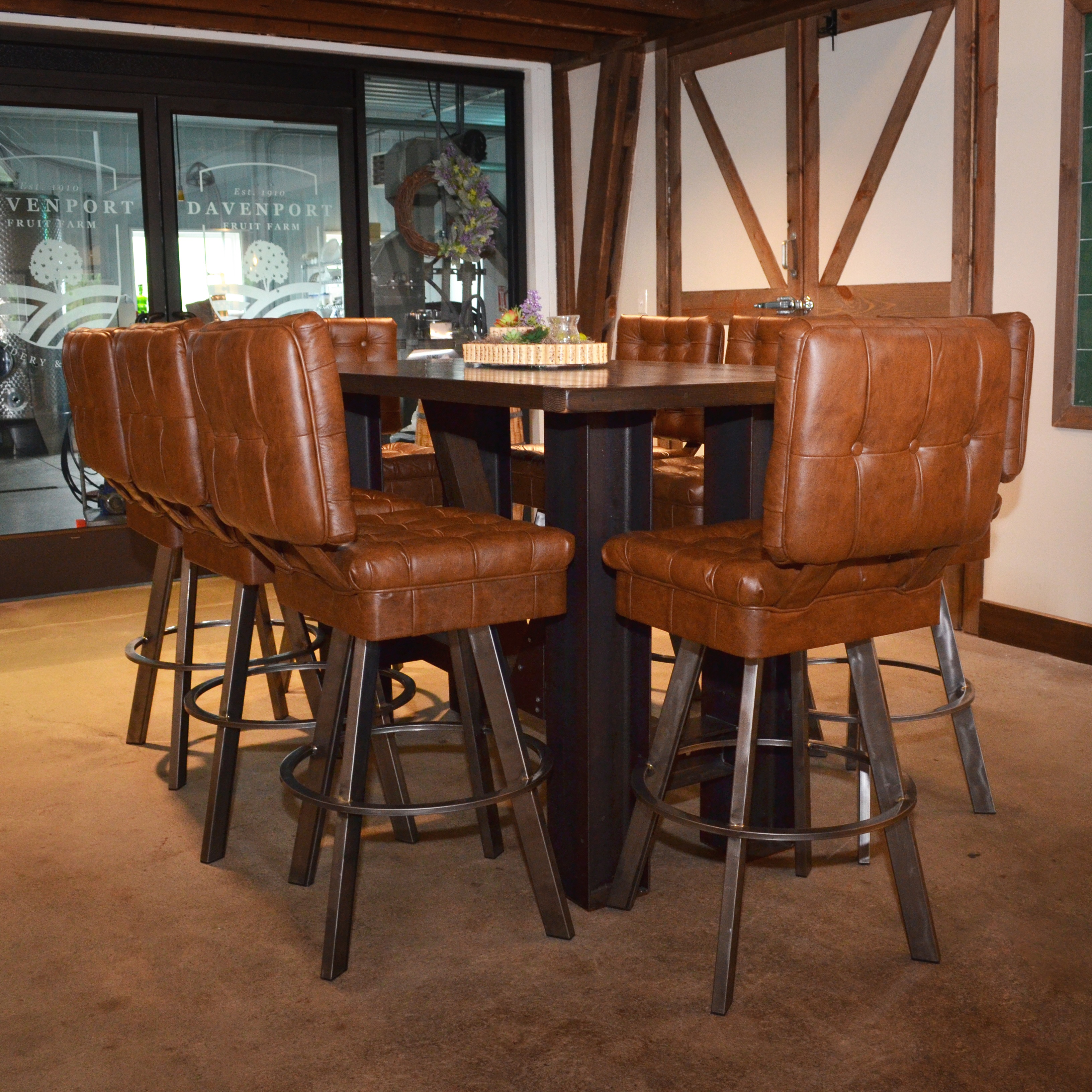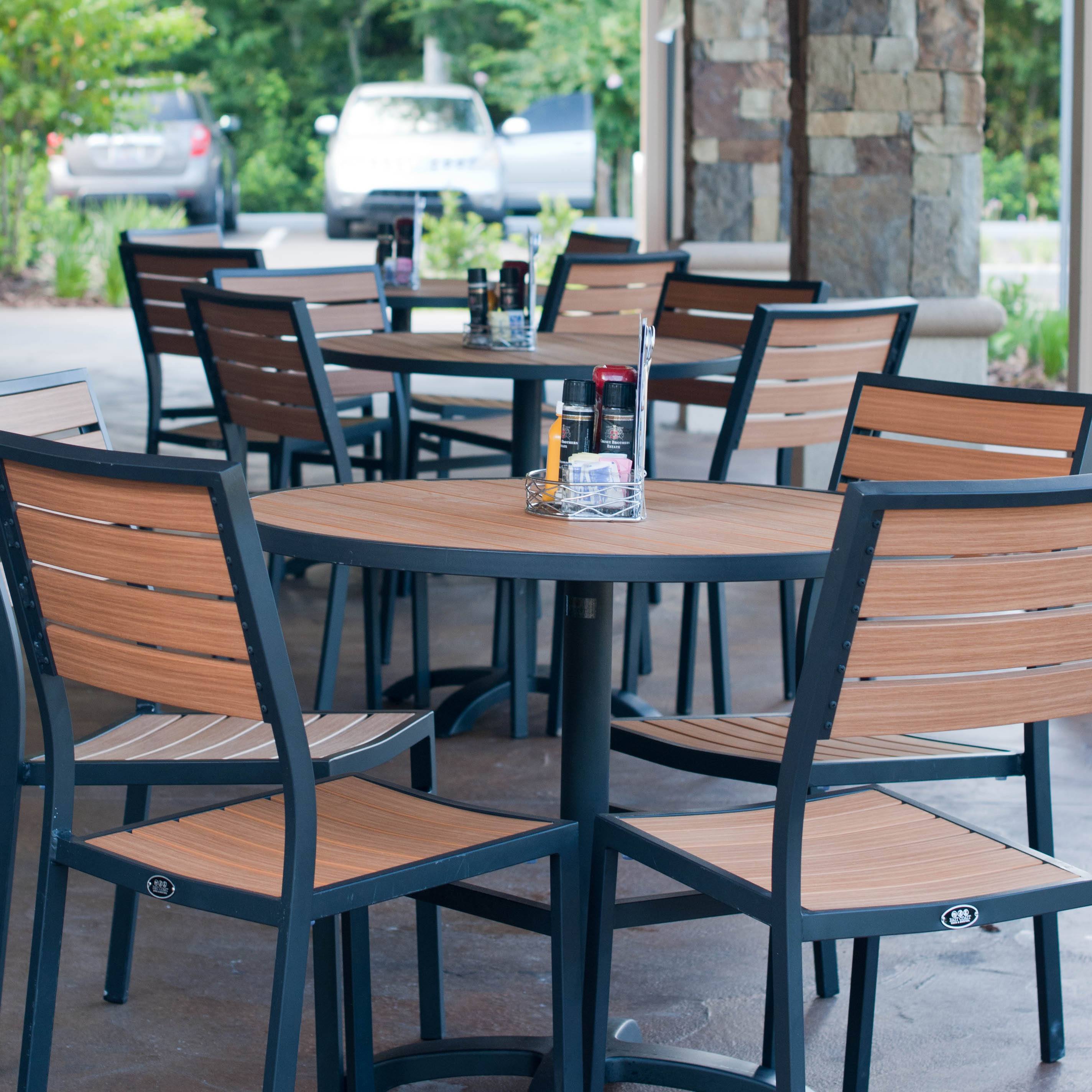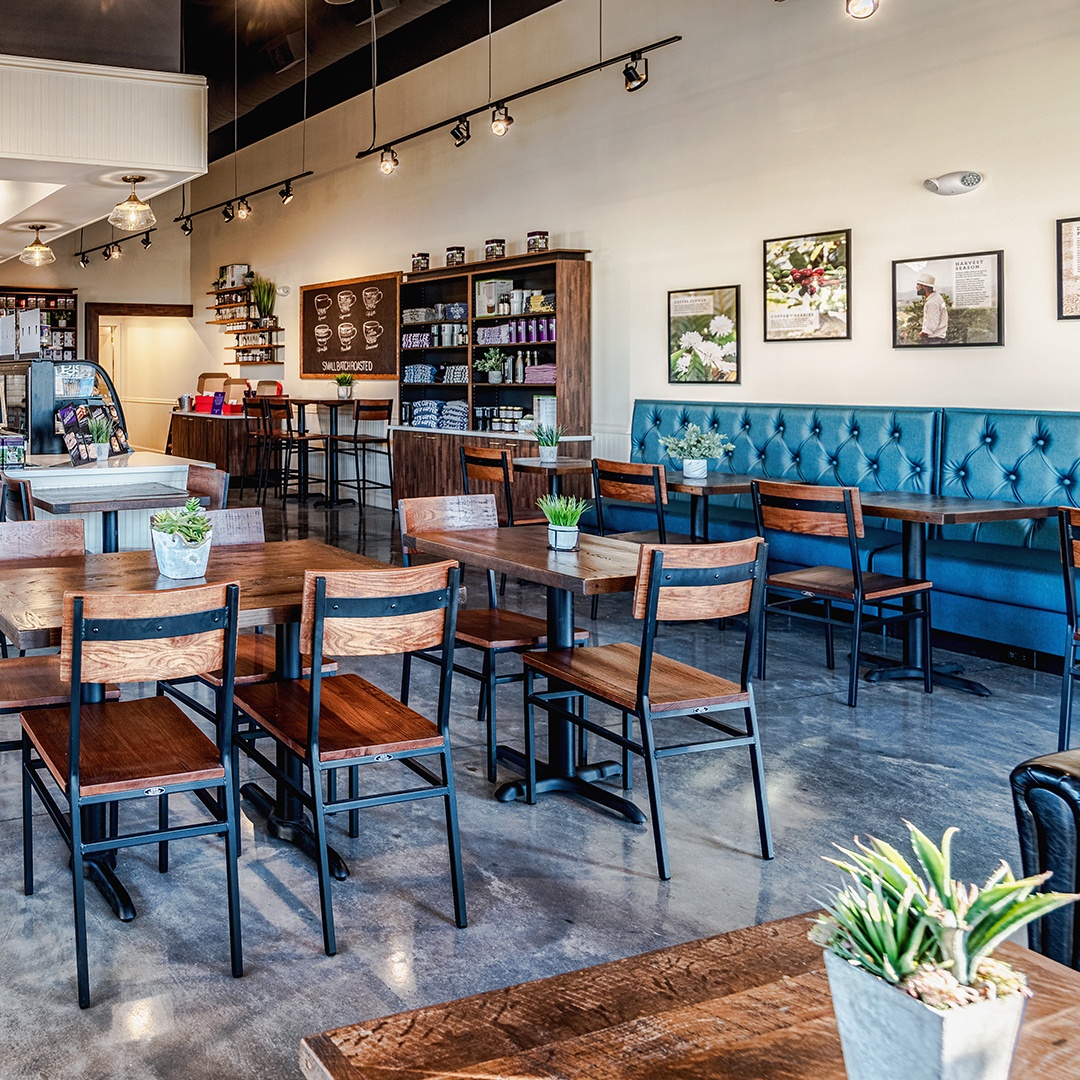If you’ve watched the news or read anything about the restaurant industry lately, then you’ve probably heard about the restaurant slowdown, dare we say recession, that all of the pundits are predicting. Whether those recession fears are overblown or not, one can’t ignore the negative commentary coming from some of the industry’s biggest corporations talking about slowing sales and lower traffic year over year.
2016 has seen the separation of definite winners and losers in the hospitality industry. Some restaurants like Panera, Papa John’s, and Texas Roadhouse are still killing it, while others like Yum! Brands, Ruby Tuesday’s, and Smokey Bones have taken a beating. Some have even gone out of business. The year 2016 has seen numerous restaurant bankruptcies from once successful concepts like Cosi, Quaker Steak & Lube, HomeTown Buffet, and Johnny Carinos.
What is causing the restaurant downturn?
The Natural Business Cycle
The restaurant industry has seen tremendous growth since the turn of the century. Over the past 16 years, restaurant food and drink sales have more than doubled from $379 billion in 2000 to an estimated $782 billion in 2016, which represents an approximate 6.5% annual growth rate. The growth is even more impressive when you realize that in 1970, restaurant sales were only $42.8 billion. This success has prompted more and more competitors to enter the marketplace. In fact, according to the National Restaurant Association, there are more than one million restaurant locations in the United States, or 1 restaurant for every 319 people.
While the growth trend may continue, every industry is subject to the ups and downs of the business cycle, so it is normal to have some years of negative growth.
Falling Grocery Prices
As of September 2016, the price of groceries had dropped for 9 straight months, a phenomenon that almost never happens without a general economic recession. In some places, grocery prices have dropped as much as 5% over the past year.
When grocery prices decline, more consumers see the value in cooking at home vs. eating out; this is particularly true when restaurant menu prices don’t keep up with the decline. In this cycle, as grocery prices have declined, restaurant menu prices have stayed steady, or even increased, prompting more people to cook at home.
Changing Demographics
According to the Wall Street Journal consumers aged 18-35 make fewer than 50 trips to restaurants each year. Compare this to the 75-80+ times per year that the average American eats out (stats do not include pickup or fast food), and you can see that the demographics are definitely not in favor of continued growth.
Innovative Grocery Startups
New innovators in the grocery delivery space like Blue Apron and Hello Fresh are making it easier for consumers to cook restaurant quality meals at home, at a reasonable price. For example, meals at Blue Apron cost between $8.75 and $9.99 per meal compared to an average cost of $39.40 per meal at a restaurant.
Politics
It’s hard to quantify how much consumer spending lags in an election year, however many corporate restaurant CEO’s have come out in the past few months and blamed election uncertainty for slowing same store sales growth. Whether the election is being used as a scapegoat or not is hard to tell, but now that it is behind us, politics should be less of a factor in 2017.
Rising Costs
As if all the factors affecting growth in the industry aren’t bad enough, many restaurants also have to deal with rising labor costs in the form of wage pressure and healthcare costs under the Affordable Care Act.
6 Keys to Survival?
Have a hook
The days of offering “ok” food at an “ok” price and succeeding are over; there’s simply too much competition to operate a middle of the road establishment. Sure, good food is a must, you can’t survive long without it; but, in this day and age, you’ve also got to have a hook. In business, a hook is known as a competitive advantage: something that you do better than any of your competitors. If your food is the best around for your genre, then that IS the hook. However, if your food is just mediocre, then you better start looking for something else to bring customers through your door. The hook doesn’t have to be complicated or expensive; it could be as simple as an innovative sandwich (Primanti Brothers), a large menu (Cheesecake Factory), top notch customer service (Chick-fil-A), or a focus on your local neighborhood (Applebees).
Ideally, your competitive advantage will be something that is not easily replicable by competitors. For example, while something as simple as free Wi-Fi can give you a short term competitive advantage in an area where it is not widely available, it’s not likely to last long once your competitors catch on and start to offer the same thing.
Be proactive about your finances
One of the key takeaways from this year’s NRA Show Keynote Session between Jon Taffer and Robert Irvine was that far too many restaurant owners are totally unaware of their finances. They let a book keeper focus on the accounting, while they focus on the food, staff, and atmosphere. That may work ok in times of fast growth and easy money, but it can really hurt your restaurant when the going gets tough.
The problem with not knowing your finances is that you can’t see potential trouble coming until it’s too late; you are forced to react to bad situations instead of being proactive and taking action to avoid them altogether. For example, if you don’t look at your food costs on a regular basis, then you might not realize that certain foods are rising in price, and you will be serving dishes that are no longer as profitable as they once were.
While we’re on the topic of being proactive with your finances, there are two other things that you need to do before the next recession. First, make sure that you stock away some extra “rainy day” capital when times are good. Second, build a relationship with your banks commercial lending officer and open a line of credit as a backup source of funding should you ever need it. If your profitability ever falls off a cliff for a couple of months, these should provide quick access to cash if you need it.
Maximize your free advertising
What is the first budgetary item to take a hit when business is slow or your restaurant is losing money? If you’re like most restaurant owners, then the answer is probably advertising and marketing. It makes sense that this is where many owners choose to cut; if the choice comes down to firing staff or not running that 30 second TV spot next month, then many small business owners would choose the latter. Nevertheless, advertising during a recession is precisely what a restaurant must do to stay at the top of consumers’ minds and try to steal market share away from competitors. Fortunately, thanks to the internet and social media, there are ways to promote your business that cost next to nothing, at least in terms of dollars.
We are lucky to live in a time in modern history where creativity and ingenuity can actually outperform advertising dollars. So put on your thinking cap, and figure out a way to get your name out there. If you have a great story to tell, call up your local papers and ask them to write about it. If you are offering something special, make sure that all of your social media followers (I’m assuming you utilize social media at this point) know about it. Take that 30 second TV spot that you were planning and plaster it on YouTube, Instagram, and Twitter. Whatever it takes to get your name out there, do it. A downturn is the perfect time for a little Guerilla Marketing. Unleash your inner PT Barnum and market the hell out of your business, because it may be the thing that keeps the lights on until business picks back up.
Try to renegotiate your lease when the time is right
This one is tricky. Landlords obviously don’t want to renegotiate a lease contract lower because they have you locked in (and may have you personally on the hook). But, it isn’t impossible. The one thing that landlords hate more than renegotiating lease space is vacancy. If there isn’t a lot of competition in your area, or if the number of commercial real estate vacancies are rising, then you have some power to renegotiate, particularly if the alternative is going out of business and/or filing for bankruptcy. Ask your landlord for a temporary rent reduction first. If that doesn’t work, try to negotiate a reduction or partial deferral in exchange for a longer lease term.
Offer loyalty programs
One of the most important things you can do to survive a recession is to retain your current customers. Did you know that it costs 500% more to acquire a new customer than to retain a current one? How about that 81% of consumers surveyed said that they are more likely to continue doing business with brands that offer a loyalty program. Knowing this, offering a loyalty program becomes almost a no-brainer. If you can’t keep your current customers coming in the door, then it is going to cost you 5 times as much to acquire new customers. Start a program that lets customers get something for free, or at least a percentage off, for every x number of times that they dine at your restaurant. Sure, it’s going to impact your bottom line, so make sure that your margins are robust enough to handle the hit and make it up in increased volume. It could be the difference between customers choosing your restaurant or the place down the street.
Stay positive
If you’ve been in management for any length of time, then you know that employees tend to mimic the attitudes of their bosses. If you, as an owner or general manager are constantly showing worry, then employees will feed off of that attitude, which can create a negative customer experiences. Likewise, if you let your worries make you irritable or moody, then employees will pick up that and will start to act in kind.
The hardest thing in the world to do is to keep a smile on your face when you don’t know if you’re going to make next month’s payroll, but it is necessary to keep your culture positive and keep employees motivated. By no means are we advocating that you lie or hide the truth from them. Let them know where the business stands, and give them all of the facts. But, attitude is everything, and as the captain of the ship, yours is the most important in the whole organization. Approach every downturn as an opportunity to innovate and improve your restaurant in anticipation of better times. Get employees involved and make them feel ownership. You might be surprised when the best idea to lower costs or retain customers comes from them.
Every business has its ups and downs, and the restaurant industry is no different. We have enjoyed a long stretch of growth and good times, where the rising tide of demographics and changing social norms has lifted all boats. Hopefully, that trend will continue, and this short lived down trend will end as quickly as it began. If it doesn’t, however, following the tips above can help you to weather the storm and emerge from the other side in a better position than ever.

